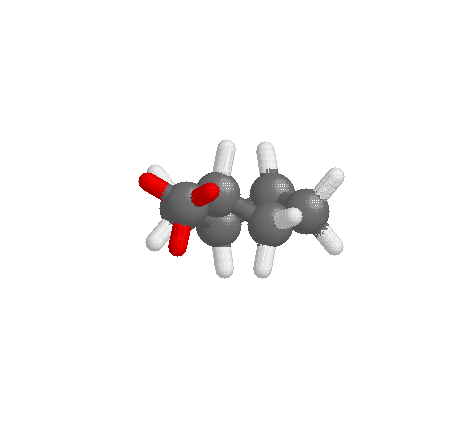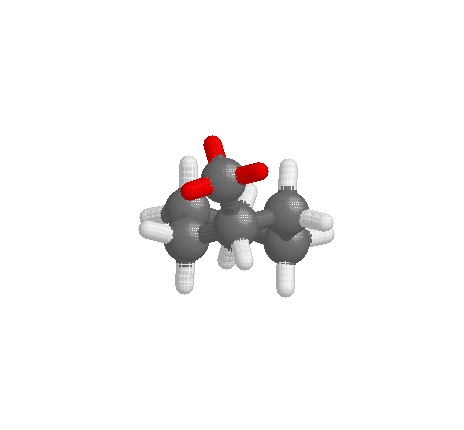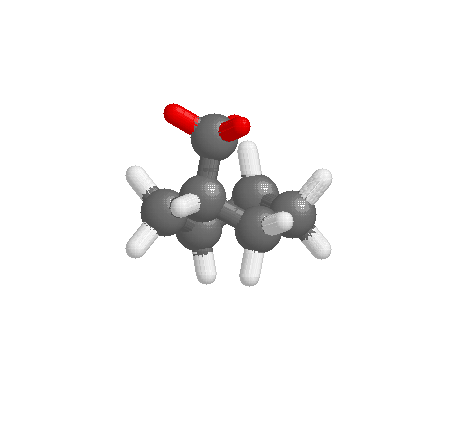


methyl parallel
to 'C2 axis' through bonds
methyl on C with 'C2 axis' through it
methyl perpendicular
to 'C2 axis' through bonds
| UFF | PM3 | |||||
| Conformation | E / Hartrees | D/kJ mol-1 | K | E / Hartrees | D/kJ mol-1 | K |
| chair | 0.01028931 | -32.9699642394 | ||||
| 36.99 | 3730892 | 17.12 | 1101 | |||
| twist boat | 0.02437778 | -32.9634430443 |
| UFF | PM3 | MM2
(Goodman) |
|||
| Conformation of cyclohexane,
attachment point of methyl |
E / Hartrees | D/kJ mol-1 | E / Hartrees | D/kJ mol-1 | D/kJ mol-1 |
| chair,
equatorial |
0.01240431 | 0 | -38.466028002 | 0 | 0 |
| chair,
axial |
0.01540569 | 7.88 | -38.464235271 | 4.707 | 7.44 |
| twist boat,
parallel to 'C2 axis' through bonds |
0.02691854 | 38.11 | -38.459404049 | 17.39 | 26.68 |
| twist boat,
on C with 'C2 axis' through it |
0.02759455 | 39.88 | -38.459323632 | 17.60 | 24.61 |
| twist boat,
perpendicular to 'C2 axis' through bonds |
0.02951179 | 44.92 | -38.457904045 | 21.33 | 30.02 |
The differences are all relative to the 'chair, equatorial' conformer. Energy differences by the MM2 force field method are quoted from J.M. Goodman 'Chemical Applications of Molecular Modelling'. Note that the energy of two conformers are swapped over according to this method. The energy differences by the UFF method are about twice those by the PM3 method, corresponding to squaring the equilibrium constant (if there were any way of measuring one of these sizes for this molecule)!
 |
 |
 |
| twist boat,
methyl parallel to 'C2 axis' through bonds |
twist boat,
methyl on C with 'C2 axis' through it |
twist boat,
methyl perpendicular to 'C2 axis' through bonds |